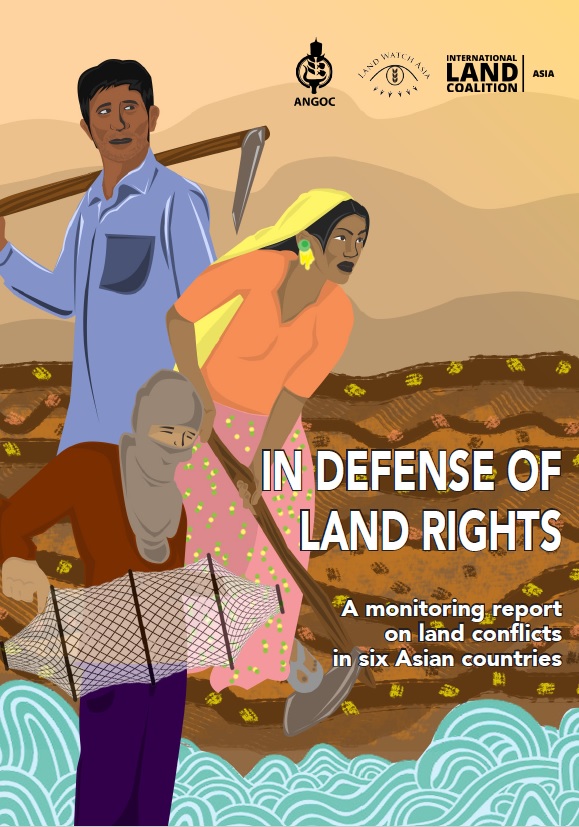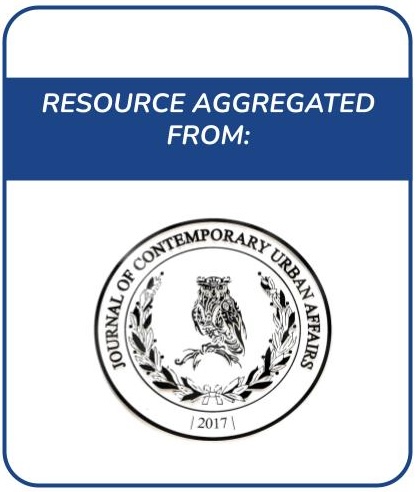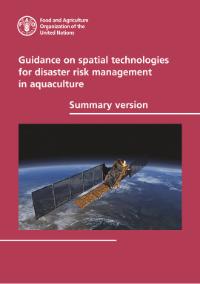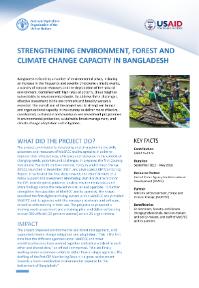Monitoring reports were prepared in six Asian countries to understand the nature, causes, and impacts of land and resource conflicts, and to highlight the human rights issues intertwined with them. This publication likewise provides an overview of some of the available conflict response and…
Forestland concession has been the dominant governance tool for the acquisition of natural state-owned forest resources in many tropical countries, including Bangladesh. Moreover, the forestland concession process confers the holder a bundle of rights. The Sal forests of Bangladesh are treated…
The paper analyses a community development project based in Jhenaidah Bangladesh which evolved through broadening social capital among slum communities and formal institutions in order to bring positive sociospatial changes in the neighborhoods Till date nine disadvantaged communities have…
The residents of the Ganges and Mekong River deltas face serious challenges from rising sea levels, saltwater intrusion, pollution from upstream sources, growing populations, and infrastructure that no longer works as planned. In both deltas, scientists working for nearly two decades with…
As climate change makes precipitation shocks more common, policymakers are becoming increasingly interested in protecting food systems and nutrition outcomes from the damaging effects of droughts and floods (Wheeler and von Braun, 2013). Increasing the resilience of nutrition and food security…
Stunting affects 160 million pre-school children globally with adverse life-long consequences. While work within nutritional science suggests that stunting in early childhood is associated with low intakes of animal-sourced foods (ASFs), this topic has received little attention from economists.…
This new Guide describes the application of spatial technology to improve disaster risk management (DRM) within the aquaculture sector. DRM requires interrelated activities to ensure prevention, preparedness (including early warning), response and recovery for a wide range of natural,…
This new guide describes the application of spatial technology to improve disaster risk management (DRM) within the aquaculture sector. DRM requires interrelated actions and activities to ensure early warning, prevention, preparedness, response and recovery for a wide range of natural,…
Bangladesh is faced by a number of environmental crises, including an increase in the frequency and severity of extreme climatic events, a scarcity of natural resources and the degradation of the natural environment. Combined with high rates of poverty, these heighten vulnerability to…
This new guide describes the application of spatial technology to improve disaster risk management (DRM) within the aquaculture sector. DRM requires interrelated actions and activities to ensure early warning, prevention, preparedness, response and recovery for a wide range of natural,…
The integration of food into urban planning is a crucial and emerging topic. Urban planners, alongside the local and regional authorities that have traditionally been less engaged in food-related issues, are now asked to take a central and active part in understanding the way food is produced,…
High water requirement of flood irrigated boro rice is of great concern because water is becoming scarce and expensive day by day. Dry direct seeded boro rice, grown in unpuddled and unsaturated/aerobic soil condition, requires only 50-60% water as compared to traditional flooded transplanted…












